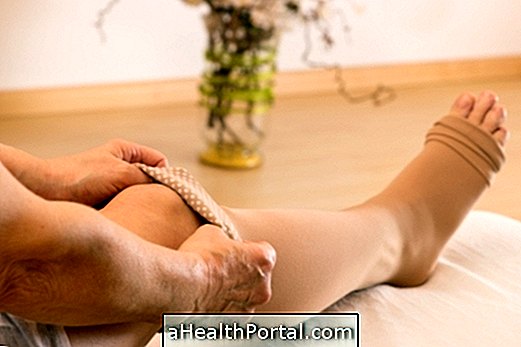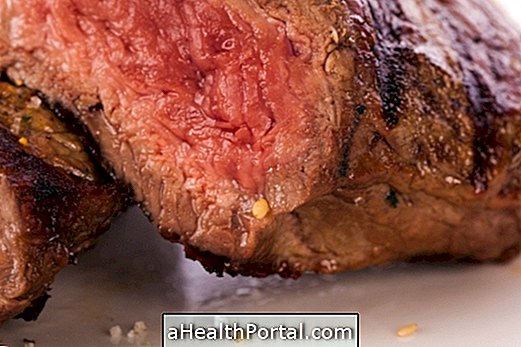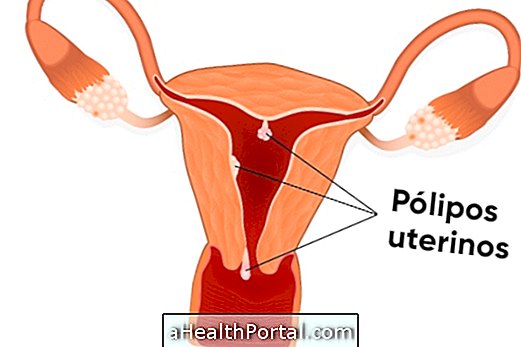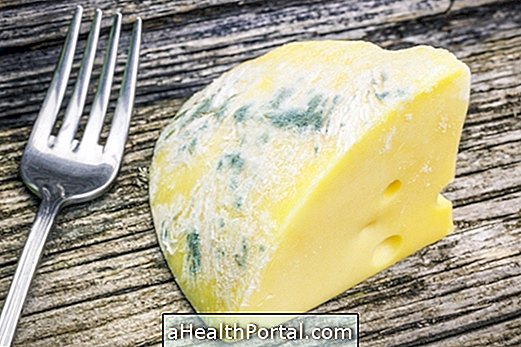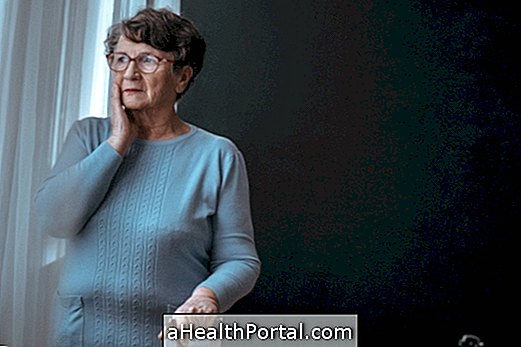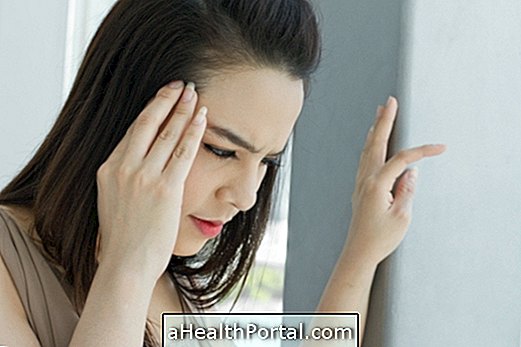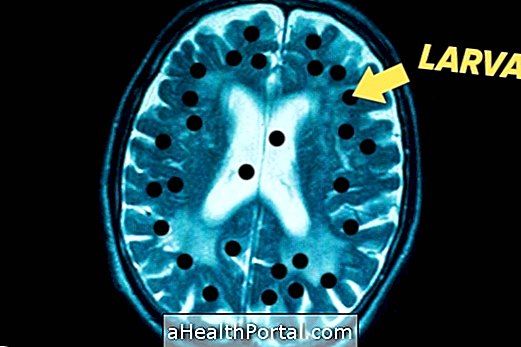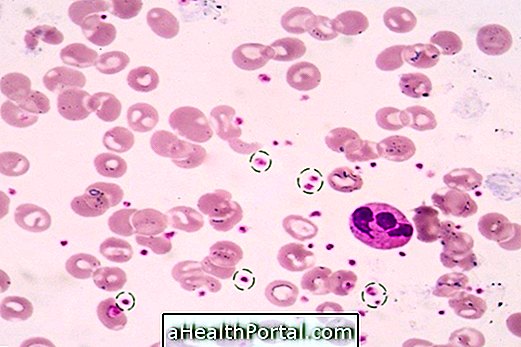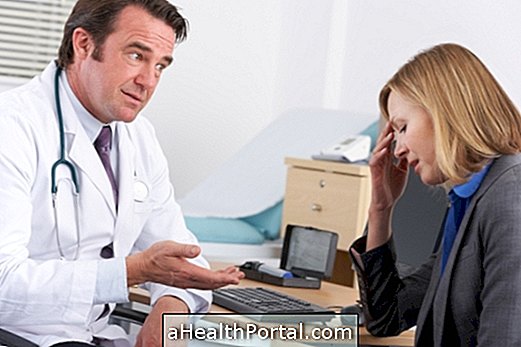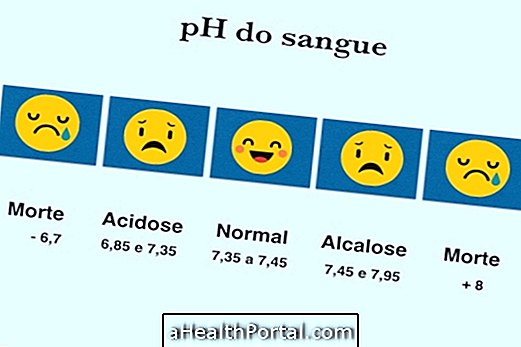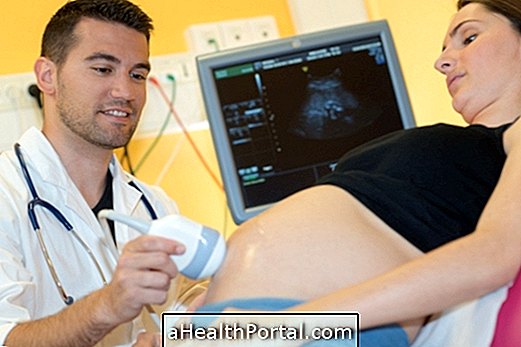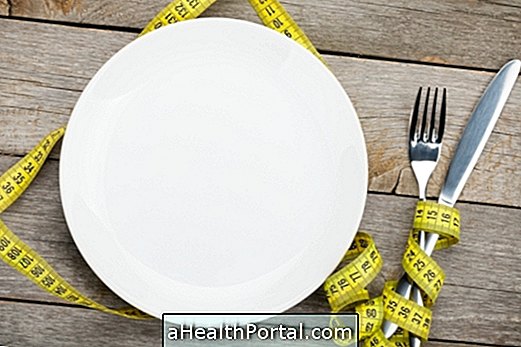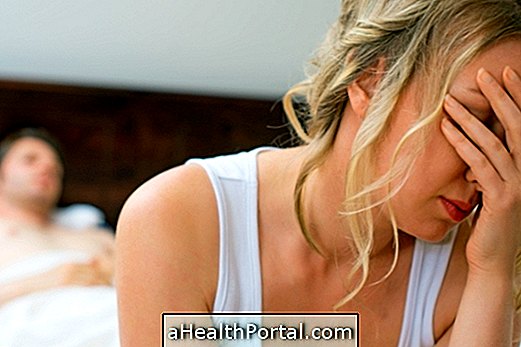In most cases, back pain is caused by inflammation of the muscles or changes in the spine and occurs due to poor posture throughout the day, such as sitting on a computer with a bent back, spending many hours standing, or sleeping on a very heavy mattress mole, for example. But when back pain radiates to the belly, the possible causes may be:
1. Kidney stone
What it feels: In the renal crisis it is common for the person to feel intense back pain at the end of the spine more to the right or left side, but in some cases may also radiate to the abdominal region. Inflammation of the kidneys, bladder or ureters, which cause urinary infection can also cause pain in the foot of the belly.
What to do: You should go to the emergency room because the renal colic is very strong and you may need to take medicine or even have surgery to remove the stone.
Check the symptoms you have and know if you can have kidney stones:
- 1. Severe pain in the lower back, which may limit movement Yes No
- 2. Pain radiating from the back to the groin Yes No
- 3. Pain when urinating Yes No
- 4. Pink, red or brown urine Yes No
- 5. Frequent urge to urinate Yes No
- 6. Nausea or vomiting Yes No
- 7. Fever above 38º C Yes No

2. Column problems
What it feels: In the case of arthrosis, back pain is usually near the neck or at the back, being more centralized, although it can also affect the belly.
What to do: Go to the orthopedist to do an X-ray of the spine in order to identify the possible change and begin treatment that can be done with the use of analgesics, anti-inflammatories or physiotherapy to improve posture, combat symptoms and avoid aggravation with the onset of herniated disc or parrot beak, for example.
To know more tips on how to relieve back pain watch the video:

3. Gases
What it feels: In some cases the accumulation of intestinal gas can also cause back and abdomen pain, leaving the belly swollen. The pain can be pinched or pinched and tends to be localized to a part of the back or belly.
What to do: Taking fennel tea and then walking for about 40 minutes may be helpful to eliminate the gas naturally, but if the pain does not stop you can try taking plum water because it helps to eliminate feces which may be favoring the production of gases. See the foods that cause the most gas to avoid them. Making light meals by eating fresh foods such as fruits and vegetables and drinking small amounts of water throughout the day, and drinking chamomile or lemon balm can help relieve the pain.
4. Column fracture
Fracture of the spine is most common during a traffic accident; in older people with osteoporosis and when there are more serious diseases such as cancer in the bones.
What it feels like: The pain is severe, coarser, on the back and may or may not radiate to the abdominal region. In case of cancer, the pain does not improve with rest and the person can even wake up due to back pain.
What to do: You should go to the doctor to perform tests such as the X-ray that can evidence the fractures, and wear vests to recover faster. See further details of treatment for fractured spine.

5. Inflammation of the gallbladder
The stone in the gallbladder can lead to an inflammation that manifests whenever the person eats fatty foods, but it is not always severe.
What it feels like: When the bladder is inflamed the person feels a pain in the belly, and usually there is poor digestion, feeling of weight in the belly, swollen belly and belching. Abdominal pain can radiate to the back. Learn more symptoms to identify the stone in the gallbladder.
What to do: You should go to the gastroenterologist and have an ultrasound to confirm the presence of the stone and the need for surgery to remove the gallbladder.
6. Bowel diseases
Intestinal diseases, such as Irritable Bowel Syndrome, usually cause pain in the abdomen, but these can also radiate to the back, being more diffuse.
What it feels like: Symptoms such as abdominal pain with a burning sensation, on stitches or cramps may appear. There may also be discomfort in the foot of the belly, soft or very hard stools and swollen belly.
What to do: You should observe your bowel habits in order to identify whether it can be constipation, gas or diarrhea. A consultation with a gastroenterologist can be helpful in identifying other symptoms, getting tests to get to the diagnosis, and starting treatment. In the case of gluten intolerance, for example, gluten must be withdrawn from the diet, but a nutritionist may indicate the changes necessary for each bowel change. See how the Diet for Irritable Bowel Syndrome is.

7. Pancreatitis
Pancreatitis is a serious condition that may require urgent medical attention, and emergency surgery may be performed.
What it feels like: The pain starts poorly localized and affects the left side of the belly, the part closest to the ribs, but tends to get worse and can radiate to the back. As the infection worsens the pain becomes more localized and becomes even stronger. Nausea and vomiting may also be present. Learn more details of the symptoms of pancreatitis.
What to do: You should go to the emergency room to find out if pancreatitis really is and start treatment with analgesics, anti-inflammatories and specific enzymes for the proper functioning of the pancreas. If there is a blockage of the pancreas, surgery may be needed to remove the stones that are aggravating the disease.
8. Low back pain
What it feels: Pain in the back may appear more in the middle of the back, especially after making a lot of effort such as climbing stairs or carrying heavy bags. Staying a long time sitting or standing, tends to worsen the pain, which may begin to radiate to the abdomen. If it radiates to the buttock or to the legs, it can be an inflammation of the sciatic nerve.
What to do: Putting a hot compress on the back may relieve mild or moderate pain, but you must go to the orthopedist to do exams and begin treatment that can be done with physical therapy sessions, for example.
Pain in pregnancy
Back pain radiating to the abdomen early in pregnancy may happen when there is intercostal neuralgia due to nerve stretching because of belly growth. However, another common cause is uterine contractions.
What You Feel: The pain caused by intercostal neuralgia can be in the form of a stitch and is usually close to the ribs, but the back pain radiating to the bottom of the belly may be a sign of uterine contractions, as in labor.
What to do: Putting a warm compress on the pain site and doing a stretching, tilting the body to the opposite side of the pain can be a good help to relieve the pain. The obstetrician can also indicate the taking of the vitamin B complex, since this vitamin helps in the recovery of the peripheral nerves. If labor is suspected you should go to the hospital.
When to go to the ER
It is important to go to the doctor when the back pain radiates to the abdominal region and has the following characteristics:
- It is very intense and makes it impossible to perform normal activities of daily living, such as eating, sleeping or walking;
- It arises after a fall, injury or blow;
- It aggravates after a week;
- It persists for more than 1 month;
- Other symptoms appear like urinary or fecal incontinence, shortness of breath, fever, tingling in the legs or diarrhea.
In these cases, the cause of the pain may be caused by more severe conditions such as inflammation of an organ or cancer and therefore one should go to the hospital to do tests such as x-ray or ultrasound and start the most appropriate treatment as soon as possible .


